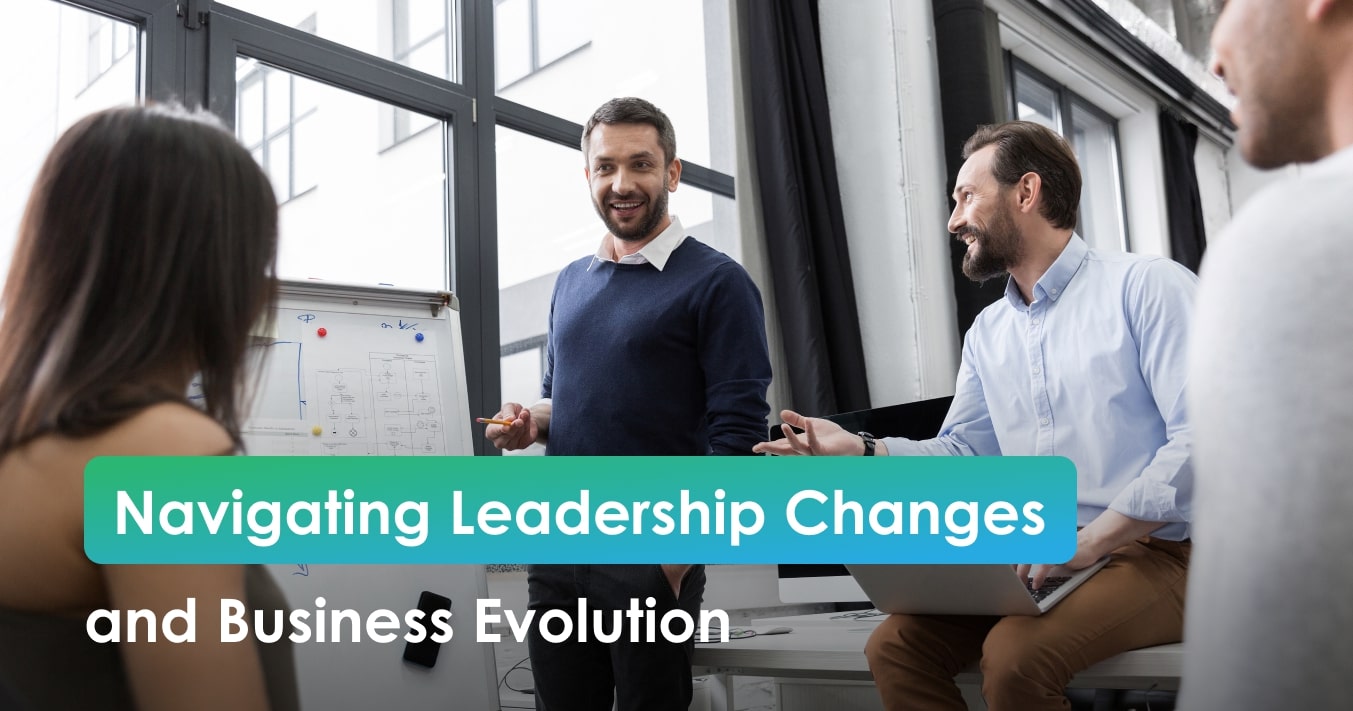The Three Faces of Digital for Retailers

Recently, I was discussing online shopping with a few friends, and we agreed unanimously that there is absolutely no reason to carry things home anymore. We joked about all of the things that people were lugging home from stores before the pandemic and how much easier it is now that we just order things online and wait for delivery – sometimes in less than an hour! We talked about shopping malls and how it feels much easier to explore, try things on, find the items that we want, and then just order online after thinking about it for a day or two. Our big conclusion: the internet changed shopping behavior over many years, but the pandemic accelerated the migration to online shopping dramatically and almost overnight. However, when asked, each of us admitted we had been in a physical store or a shopping center within the previous 48 hours. So, it might be time for a deeper look at how shopping behavior is really changing and the overall effect of the digital world for retailers.
The first face of digital transformations for most businesses is using technology to decrease operational costs. This depends on a company’s ability to eliminate paper, stamps, signatures, etc., with the goal of improving throughput, speed, and cost of operations. It’s important to understand that there is a limited range of benefit here, as you cannot increase speed or decrease costs endlessly. For retailers, the benefits here will match those of most other businesses. Among other things, online interactions with customers are definitely more economical, but the availability of competitive offers and immediate price comparison seem to make customers more price sensitive and less loyal, and that pushes retailers further into the digital world.
The second face of digital for retailers is using technology to improve the quality of customer relationships and to explore new forms of value creation for customers. Here companies can benefit from almost endless opportunities to improve their competitive advantage and increase revenue, and the opportunity for retailers is to transition from mostly reactive, transactional interactions with customers to ongoing contact, dialogue, and the beginning of real relationship value. This will come largely through understanding more about customer needs, preferences, and behavior and addressing issues larger than the simple transaction. Is our customer simply looking for a new suit, or is the goal to feel confident, to look great, and to close the deal at that next client meeting? Is our customer simply looking for a new television, or is the goal to provide entertainment and educational content to the whole family? Taking a wider view of what customers are trying to achieve will help retailers to understand and participate in (if not orchestrate) these larger desired outcomes.
To master this developmental stage, retailers must move past balance sheet and product-centric business models and move towards customer-centric, solution-based offerings. If, in the past, the main objectives for a business were to cheaply and efficiently mass-produce something and then to distribute to the widest possible audience; now the main challenges are strong customer relationships, quality dialogue, and regular contact to help customers to solve problems, to improve quality of life, and to realize goals – this is significantly more complex territory for retailers.
The third face of digital for retailers is a certain half-way point between online and offline, and here I’m talking about hybrid or “phygital” experiences – the combination of the physical and the digital experience, or, potentially better defined, an experience with all of the benefits of digital (speed, convenience, cost, etc.) that is carefully choreographed in a physical environment with the added value of human contact and guidance.
Retailers, historically, were focused on physical presence, but customers have moved online for many, if not most, of the things they did before in physical spaces. Nevertheless, people still find it valuable to visit a physical location to resolve a complex problem, to explore what is new, to be engaged in a physical world experience, to socialize, and, potentially most importantly, to have human contact and guidance. Many tasks that are better completed with human guidance are better placed in a physical environment, or, at the very least, over video to allow for discussion and adaptation to concrete, individual needs and preferences. For example, while learning how to use new technology, gaining new knowledge, creating a plan, designing a customized solution, etc., many customers will prefer a human to be involved to provide advice, guidance, or reassurance when the customer may be unsure about their decision.
So providing the benefits of the digital experience together with the quality of human contact and guidance can greatly enhance the quality of customer experiences and customer relationships. We call this human-guided digital.
With the entire digital world on the development horizon, retailers must embrace these three faces of digital to gain competitive advantage, to create additional value for customers and shareholders, and to develop and maintain quality, long-term relationships.
Seems there is more potential value to all of this than simply not having to carry stuff home anymore.

Understand the value of a customer-oriented analytics package and how behavioral scenarios can be used to improve profitability through influencing behavior and usage.
To understand the principles of game dynamics and learn how to effectively use the elements of gamification in business: to involve customers, employees and contractors in the process.
Understanding branding and communications from the standpoint of emotional engagement and building relevant and meaningful dialogue with customers.
This course covers a complete view of customer touch points (both physical and virtual) and a unique model for standardizing and managing customer contact models across channels including approaches for customer feedback, quality management, and migration.
Experiential Branding & Communications – Improving Brand Integration Through Emotional Engagement.
This course covers a complete view of customer touch points (both physical and virtual) and a unique model for standardizing and managing customer contact models across channels.
Understanding how leaders must evolve with relation to the evolution of business models, new management models, and the significant changes to the workforce with Digital Natives now making up more than 50% of the workforce globally.
Understand how to manage both internal and external digital transformation while considering the landscape for digital business models and the effect on traditional business models. Understanding organizational readiness for transformation and the role of corporate culture in managing transformations.
The changes in consumer behavior, employee behavior, and the evolution of business models in the digital age cause significant difficulties and imperatives for leaders who must develop new skills and evolve their leadership styles to be effective in this fast changing, challenging, and competitive environment.
Understanding how to design & manage change/transformation programs in organizations of different sizes. This course will help any size team or organization to better deal with change & transformation on any scale.




 Copy Link
Copy Link
 E-mail
E-mail
 LinkedIn
LinkedIn
 Facebook
Facebook
 Telegram
Telegram
 WhatsApp
WhatsApp









 Go Back
Go Back
Leave a Reply
You must be logged in to post a comment.